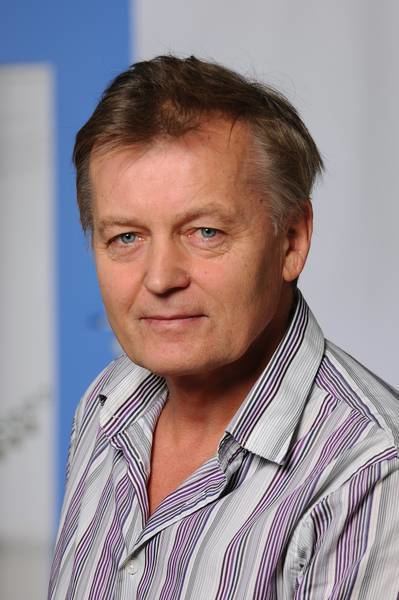 | ||
Alma mater National Research Nuclear University MEPhI Fields Physics, Chemistry, Materials Science | ||
Mikhail Ivanovich Eremets (born 3 January 1949) is an experimentalist in high pressure physics, chemistry, and materials science. He is particularly known for research on superconductivity, having discovered the highest critical temperature of 203 K (minus 70 degrees Celsius) for superconductivity in hydrogen sulfide. Part of his research contains exotic manifestations of materials such as conductive hydrogen, polymeric nitrogen and transparent sodium.
Contents
Biography
Eremets was born in the Pinsk region. He studied physics at the Moscow Engineering Physics Institute (National Research Nuclear University MEPhI). In 1978 he received his Ph.D. at the Moscow Institute of General Physics of the Academy of Sciences of the USSR.
He went on to work as a researcher in the High Pressure Physics Institute of the Academy of Sciences in Troitsk (Moscow regeion), eventually rising to the position of Director of the High-Pressure Physics Department. After 1991, Eremets took on positions in several high pressure laboratories around the world, including the University of Paris VI in France, the National Institute for Materials Science in Tokyo and Osaka University in Japan, the Geophysical Laboratory at the Carnegie Institution for Science in the United States, and Clarendon Laboratory at Oxford University in the United Kingdom.
In 2001, Eremets joined the Max Planck Institute for Chemistry in Mainz, Germany, as a staff member and leader of the research group "High-pressure chemistry and physics".
Research
Eremets is working on high temperature superconductivity in metallic hydrogen and hydrogen-rich compounds. Additionally he is interested in polymeric nitrogen, the synthesis of novel high energy density materials, the stability of diamonds, extending the present high static pressure limits over 500 GPa and the synthesis of molecules at pressure and temperature conditions occurring in the Earth mantle.
The core facility of the Mikhail Eremets research is a special diamond anvil cell, which can generate extreme pressures between the two diamonds anvils. This has already led to records of static pressure of 440 GPa, which corresponds to 4.4 million atmospheres and exceeds the pressure inside the Earth (360 GPa). The device can be complemented by a laser heating system, a cryostat, magnets and X-ray sources.
In a Nature paper published in summer 2015 Eremets describes how hydrogen sulfide conducts electricity without resistance at minus 70 degrees Celsius and at a pressure of 1.5 million bar. Thus, the 66-year-old researchers established with his team a temperature record for the superconductivity.
Honors and awards
Memberships in Professional Societies
Publications
Eremets has more than 180 articles including nine patents and one book: Eremets, M.I., High pressures experimental methods. 1996, Oxford: Oxford University Press.
